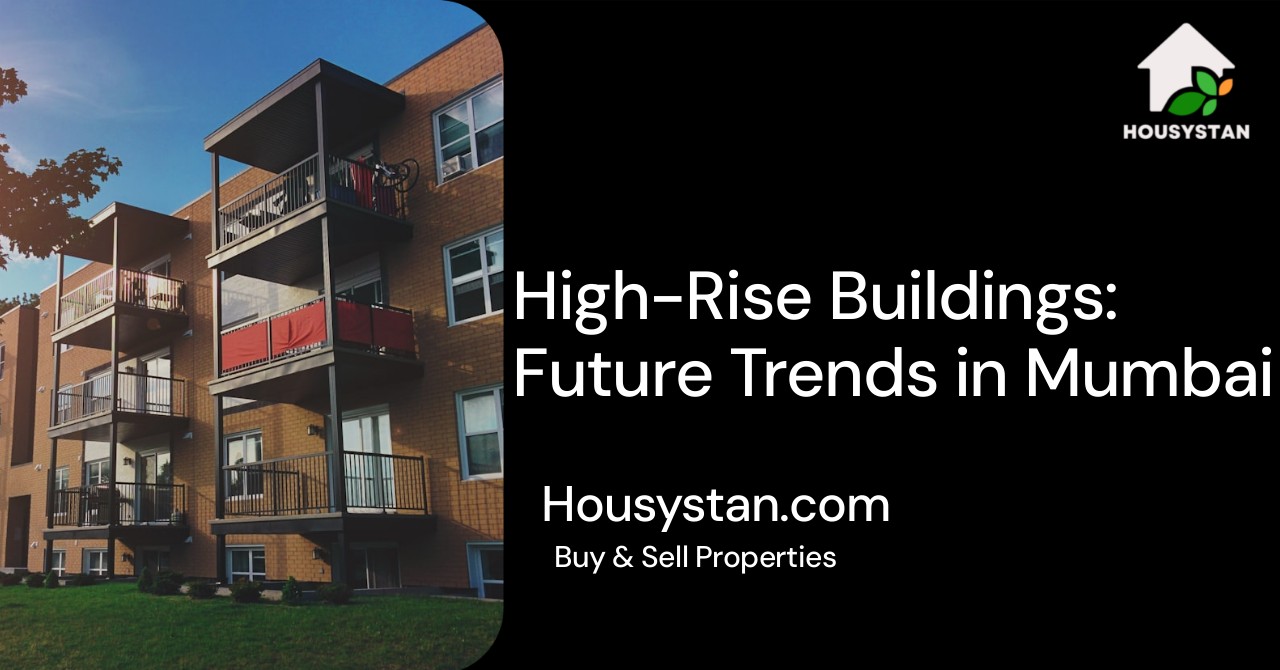High-Rise Buildings: Future Trends in Mumbai
Read latest blogs and articles from Housystan

The Information mentioned here was last updated on:
27/11/2025Mumbai, the bustling financial capital of India, is witnessing a remarkable transformation in its urban landscape. High-rise buildings are rapidly shaping the city’s skyline, reflecting both the growing population and the evolving aspirations of its residents. As land scarcity becomes a pressing concern, the demand for vertical development in Mumbai continues to soar. Innovative architectural designs, sustainable construction materials, and advanced technologies are at the forefront of this evolution, ensuring that Mumbai’s high-rise buildings are not only visually stunning but also environmentally responsible.
The future trends in Mumbai’s high-rise construction indicate a shift towards green and energy-efficient buildings. Developers are integrating solar panels, rainwater harvesting systems, and energy-saving appliances to minimize environmental impact. Smart building management systems are also gaining traction, allowing residents and businesses to monitor and optimize energy consumption. These advancements not only enhance comfort and convenience but also contribute to a healthier urban environment.
Another significant trend is the focus on mixed-use developments. Modern high-rises in Mumbai are being designed to accommodate residential, commercial, and recreational spaces within a single structure. This approach maximizes land use, reduces commute times, and fosters a sense of community. Additionally, these buildings often feature luxury amenities such as state-of-the-art fitness centers, landscaped gardens, and rooftop lounges, catering to the diverse needs of Mumbai’s dynamic population.
- Verified Tenants/Buyers
- Unlimited Property Listing
- Zero subscription/charges fee
Seismic resilience and safety standards are also top priorities for future skyscrapers in Mumbai. Engineers are employing cutting-edge construction techniques to ensure that buildings can withstand natural disasters and adverse weather conditions. Furthermore, the incorporation of smart security systems offers peace of mind to residents and property managers alike.
As Mumbai continues to grow, high-rise buildings will play a pivotal role in shaping its future. By embracing sustainable practices, innovative technologies, and community-centric designs, the city is setting new benchmarks in urban development. The skyline of Mumbai is not just a testament to architectural prowess but also a reflection of the city’s forward-thinking vision and commitment to sustainable growth.